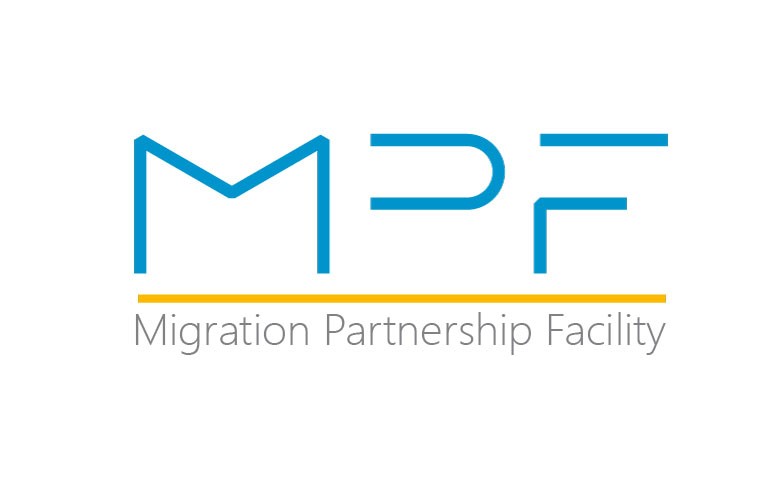On June 8th 2020, the Mobility Partnership Facility (MPF) hosted a knowledge exchange session “Pilot Projects on Legal Migration in an Era of Changing Mobility”, bringing together representatives of the European Commission with practitioners working on the first EU-funded pilot projects on legal migration (hereafter pilot projects).
Following MPF’s first knowledge exchange session in November, the online meeting was organised to share and reflect on current challenges and opportunities of implementing the pilot projects. It was a timely occasion to draw out lessons learnt and also contribute to the funding framework’s continuity in light of the recent publication of a new call for proposals for pilot projects in 2020.
What was discussed?
Three main messages emerged from the meeting: first, the importance of the private sector contribution and engagement. Employers’ commitments are key to the implementation of pilot projects both in the short and long term. It is therefore crucial to understand and align companies’ needs and interests to those of the projects.
In fact, the IOM representatives for the project MATCH explained that companies seeking to hire from outside the EU found managing the administrative burden was a strong pull-factor to engage in labour mobility projects. This was echoed by Digital Explorers which saw the projects’ higher added value for SMEs (small and medium-sized enterprises) compared to larger enterprises that already have the capacity for international recruitment.
Ensuring flexibility was the second key theme shared throughout the session. Adapting to changing contexts, in particular COVID-19, was crucial for most projects. In order to stay responsive to changing labour market needs and mobility restrictions, flexibility in the budget, activity planning, tools and methods were to be ensured.
Nevertheless, the impact of COVID-19 varied from project to project, depending on the project cycle, sector and national context. For example, while capacity building activities were relatively difficult to continue as it relied on in-person contact, remote working arose with a strong potential to bridge the restrictions on physical mobility.
Third, the future of mobility projects was discussed. With a general understanding that labour mobility projects should continue to serve EU Member States’ growing demand for labour, the need to geographically expand pilots to neighbouring countries was highlighted. On the design of projects, the importance of diversifying stakeholders, approach, methods and tools was noted.
For instance, DG HOME underlined the potential dynamics that could be developed by including and engaging with private recruitment agencies. In addition, PALIM (Pilot Project Addressing Labour shortages through Innovative labour migration Models) emphasised tailor-made approaches that target specific skill profiles or niches in the market for a better match between candidates and companies, in countries of origin and destination.
Conclusion
The meeting provided an occasion for participants to share the complex yet interesting reality of implementing labour mobility projects. Despite the impact of COVID-19 and challenges arising from mixed objectives of diverse stakeholders, pilot projects showed their potential to boost legal migration pathways between the EU and partner countries.
DG HOME and ICMPD reiterated the importance of taking the session’s fruitful discussion and hands-on observations to draft lessons learnt from the pilots, which is likely to contribute to developing an enabling environment for future labour migration initiatives.

